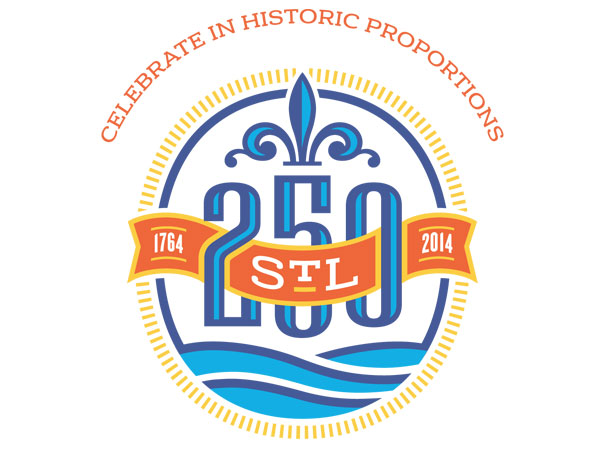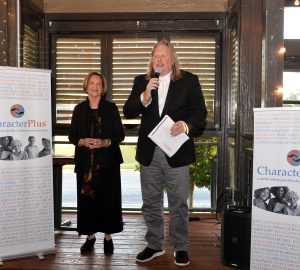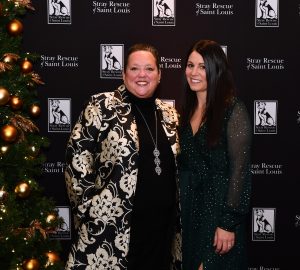>>What brought your family here?
In celebration of St. Louis’ 250th birthday, Town & Style is compiling and sharing tales from readers about family histories in St. Louis. To share your story, email us at tellus@townandstyle.com.
 [carl mungenast]
[carl mungenast]
The Mungenast family arrived in the 1870s from Alsace-Lorraine. My father helped found and organize the Junior Chamber of Commerce (Jaycees), and my brother Dave, now deceased, developed his love for motorcycles and mechanics into the Mungenast car dealerships and associated businesses, which now employ 500 families in the greater metropolitan area.
We grew up in St. Louis. My wife Mary went to St. Joseph’s Academy, and I graduated from Saint Louis University High School. In 1969, we left St. Louis and moved nine times for my work as a logistics executive with the Sears Corporation, while Mary pursued animal rights activism. We returned to St. Louis two decades ago to build a home in Wildwood, and then moved to Friendship Village Chesterfield.

[cerelle bright bolon]
My grandfather and grandmother, Eddie and Eunice Clark, moved to St. Louis from Louisiana, Mo., in 1904. At the time, my mother, Mildred, was 3 years old.
Eddie was a blacksmith. For a time he owned his own shop. By 1916, when he filled out his World War I draft registration card, he was working for Curtis & Company as a forger. At that time, the family lived at 6421 Mount Ave. in Wellston, and he had to travel on two buses to get to his job. Besides his work as a forger, Eddie also sometimes tempered steel for quarry tools.
My grandparents raised six children. Mary was a homemaker and demonstrated cooking on TV, William became associate professor of pharmacology at Indiana University School of Medicine, Eugene worked for Upjohn Co., and Ralph built his own pharmacy in Overland, Mo., in the mid-1940s. Their next child was Mildred, my mother. She received her teaching degree from Harris Teachers College, now Harris-Stowe State University. The youngest, Glynn Edward Clark, became a football star at Washington University. He also was a Korean War marine, retiring as a lieutenant colonel, and later becoming president of Harris-Stowe and St. Louis Community colleges. I graduated from Washington University.

[donald j. kaufman sr.]
I completed my graduate studies at Northwestern University and needed a job. When a Washington University teaching position opened, I traveled to St. Louis and started teaching there in the fall of 1952. While it was the job that brought us to St. Louis, it was the people who made my wife and me want to stay.
After five years at W.U., including teaching the first computer course offered there, I decided the school’s emphasis on research and publication was not a good fit. But rather than leave St. Louis, I left teaching. I had just completed a summer-long consulting job for Monsanto, so I took my career in that direction. I spent more than two decades at Monsanto. I retired early and spent the next 25 years teaching at Maryville University. We’ve lived in five different places, from the faculty apartments at W.U. to Kirkwood, Creve Coeur and Ladue, where I still live.
 [trip straub]
[trip straub]
In 1901, my great-grandfather, William A. Straub, opened a small grocery store in Webster Groves. Ever since, the history of my family and Straub’s has paralleled key eras in St. Louis history. From selling ice cream at the 1904 World’s Fair to expanding into growing neighborhoods, our family business is proud to have been an iconic member of the community for 113 years.
My dad still works with me every day in our Clayton office, and my two oldest children, representing the fifth generation, work in our four neighborhood stores. We are most grateful to our loyal customers for their years of patronage, and we hope to continue our family tradition for another 100 years!
Compiled by Stephanie Zeilenga







